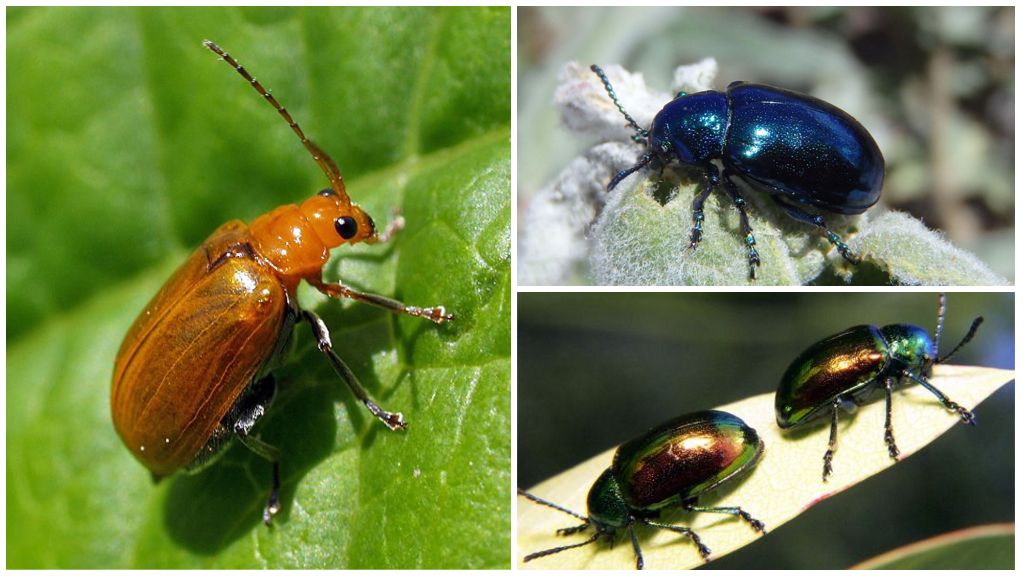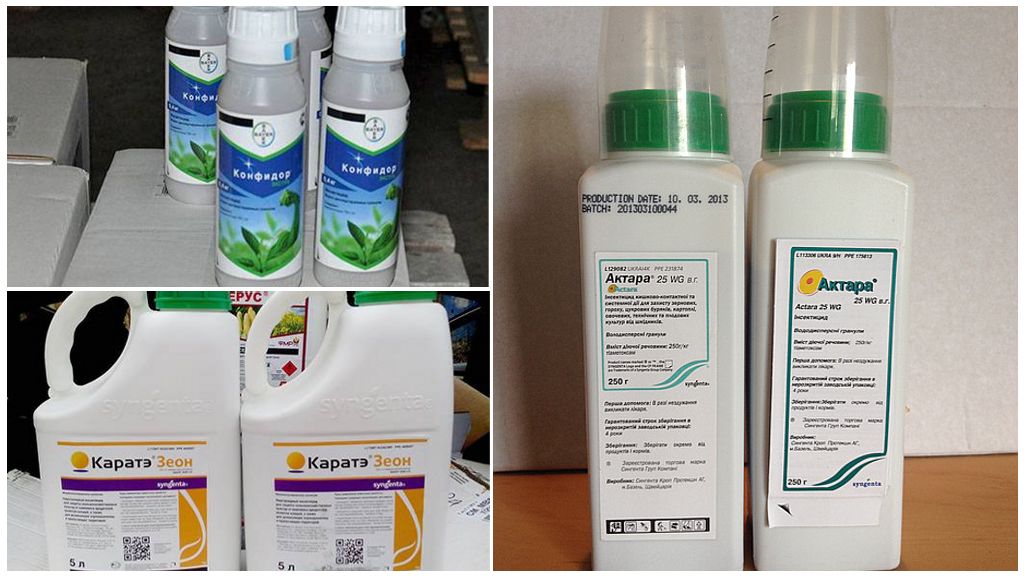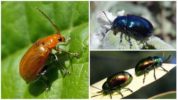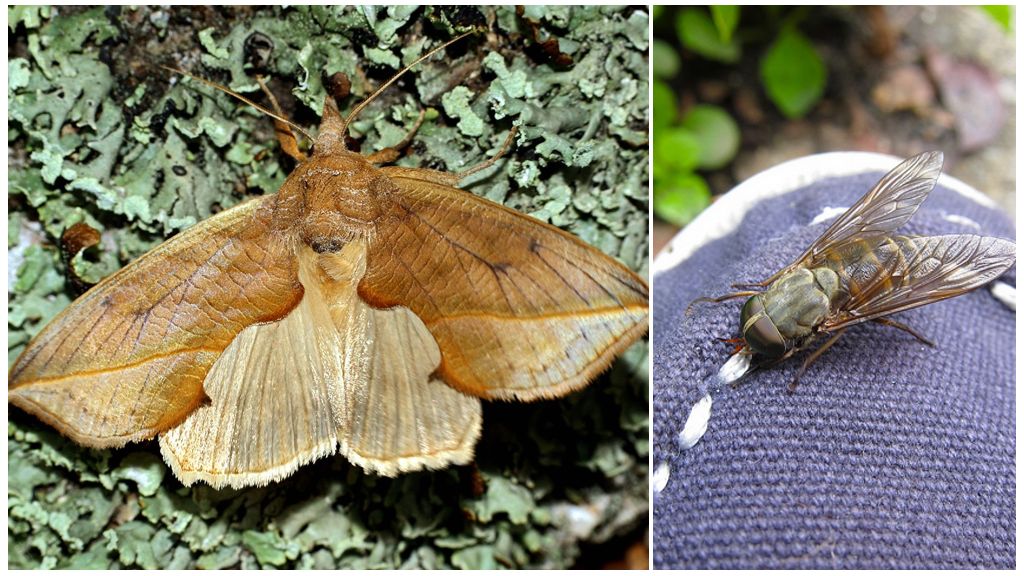- Leaf beetles
- Beetle Control
Leaf beetles (lat. Chrysomelidae) belong to a large family of beetles. Officially, there are 35 thousand species, potentially they can be 2 times more. Distributed everywhere. In Russia, the former CIS countries, about 1,500 species of leaf beetles live.
Description of appearance
Small or medium sized bugs with a bright color. The minimum leaf beetle size is 3 mm, the maximum is 15 mm. A body of various shapes - elongated, convex, oval, round. A characteristic feature of all types is the ability to hide paws, antennae under themselves when they are sitting on a sheet.
- Antenna directed forward.
- The wings are well developed.
- Paws are walking, the last pair is hopping.
- Males are always smaller, slimmer.
- Larvae look like adults, differ in size, lack of genitals.
- The coloring is very different, the abdomen of most species is black.
On a note!
The family is large, the names of leaf beetles are different, among them are iris, boobies, rattles, cyanetines, cryptohears, chrysomelins, shield cocks, shiponos, etc. Photo of leaf beetles is presented below.
Lifestyle, habitat
Insects feed on leaves or plant juices. They prefer one type of plant, similar in class or completely different. The leaf beetle beetle multiplies rapidly, lays eggs on the leaves, the larvae penetrate the plate, form mines. The presence of tubercles of different colors - red, green, white, brown, indicates the presence of young beetles inside.
Some species of leaf beetle beetles lay eggs closer to the root system of a tree, a bush, the larvae live in the soil. Formed, strong plants do not cause harm. Terrestrial “inhabitants” are capable of nibbling completely the entire green part of a bush, a young tree during a season, leaving only the skeleton. For these reasons, the leaf beetle is declared inveterate crop pest, year after year, a struggle is being waged with him.
In our country, leaf beetles are common:
- poplar;
- alder;
- viburnum;
- rapeseed;
- aspen;
- ilmovye;
- green.

Adult individuals gnaw out holes in the leaves, the larvae eat up the entire green part, leaving only streaks.
Interesting!
Among leaf beetle beetles, there are creatures that are useful to humans, helping to destroy weeds. Galerucella calmariensis, Galerucella pusilla exterminate the grass. The most famous member of the family is Colorado beetle, which has been struggling for several decades. Colorado quickly adapts to temperature conditions, poisons, lightning fast breeds.
Breeding
Leaf beetle beetles lay eggs one at a time or in heaps on the back of the leaf. Larvae develop within about 14 days, depending on temperature conditions. Larvae appear that are outwardly different from adults. As they grow older, they molt several times, acquire a characteristic shape, color. In the process of the last molt, the genitals develop.
Eggs, leaf beetle larvae are vulnerable, have many natural enemies - spidersladybugs, birds, animals, bed bugs, wasp. Some of them are specially settled on the site to get rid of the pest.
Among leaf beetle bugs there are viviparous individuals.The female carries the calves inside for about 20 days, after the birth, the nymphs crawl in different directions or stay together for some time.
How to deal with leaf beetles
To remove pests from the land using folk remedies, professional drugs. Several methods are combined to expedite the result. The main enemy of humanity in the garden is the Colorado potato beetle. He destroys potatoes, eggplant, tomatoes, less likely to attack legumes. It can lay eggs everywhere, even on weed grass.
Professional drugs
To destroy a colony of pests in a day will help insecticidal substances with contact-intestinal action. However, drugs have one significant drawback - they do not affect eggs. For this reason, the leaf beetle appears again, it is necessary to process the culture again. This should be done in 14-20 days. During this time, a new generation of pests appears, and the effect of the drug after the previous spraying weakens.
The reprocessing of crops will destroy the surviving adult individuals, the larvae, which have not yet managed to become sexually mature. But this is not all. After 20 days, leaf beetles should be poisoned again, since they can fly in, crawl from neighboring sites.

On a note!
By the end of summer, leaf beetles disappear. They are hiding underground, preparing for wintering. In spring, as soon as the soil warms up, they will crawl out to the surface again. Prevention should always be remembered. It is necessary to process the crop already during planting in the ground. Then there will be no questions, where so many bugs on the site.
Effective preparations for leaf beetles:
- Karate;
- Aktara;
- Confidor;
- Sherpom;
- Bankol;
- Actellik.
Dissolve in cold water according to the instructions. During operation, you need to observe caution, use rubber gloves, a respirator. It is forbidden to process plants during flowering, 20 days before harvest.
Folk remedies
Less efficient, more labor intensive, but environmentally friendly.
- It repels pests of ash, tobacco. Irritating to skin on contact, causing muscle cramps when ingested. Mix tobacco dust, ash in equal proportions, fill with water, add soap. The last ingredient is needed so that the powder stays on the leaves longer. Plants are sprayed, especially on the underside. Dry powder is scattered around the site.
- 500 ml of vinegar or a bottle of ammonia are dissolved in a bucket of water. Pour the solution into a spray or watering can, process the culture. Vinegar is allowed to spray again after 3 days, alcohol - after 2 weeks.
In parallel with folk remedies use herbal remedies. The action can be seen after a week, be sure to repeat the treatment every 7 days until the pests disappear completely. One of the most common remedies is Fitoverm. You can buy in a specialized store, household departments.





